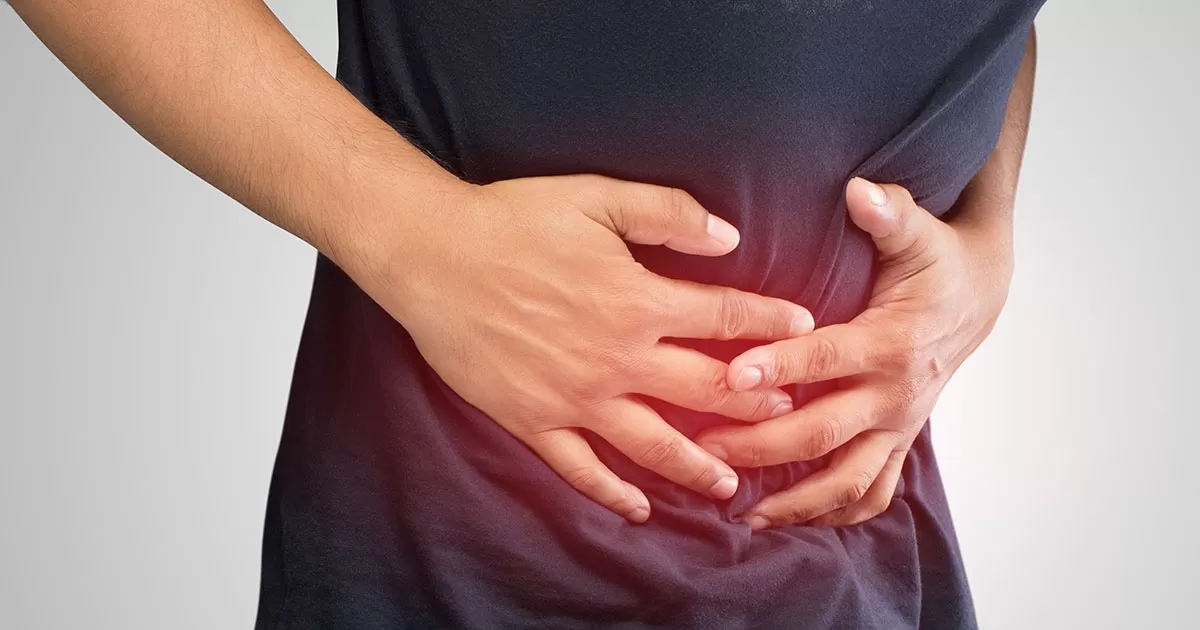
What diagnostic methods are available?
Home > Health Info > Health Articles

The diagnosis and monitoring of chronic hepatic pathologies depend on clinical examinations, biological explorations, histology based on biopsy puncture, and non-invasive imaging examinations such as ultrasound and pulse elastography.
As we have seen, the progress of fibrosis and hepatic steatosis is initially completely asymptomatic, and can quietly develop into cirrhosis. This change takes place over the course of several years. Cirrhosis can then be discovered by chance during a clinical examination, or from irregularities in the results of scheduled liver tests, or when a complication arises.
The clinical exam, in the absence of cirrhosis, often reveals very little, except possibly a ‘drinker’s liver’ (hepatomegaly) on palpation. When cirrhosis is present, a clinical exam can reveal: an icterus, signs of liver deficiency (blood-naevus, palmar erythrosis, hepatic encephalopathy), signs of portal hypertension (collateral venous circulation, enlarged spleen), and ascites, which can be a sign of cirrhosis.
Biological tests can reveal irregularities, but they only appear when hepatic cirrhosis is present. There is the possibility of anaemia or thrombopenia. The levels of bilirubin, alkaline phosphatase, and GGT can be elevated. The prothrombin ratio (PR) and V factor can be low, indicating liver deficiency. A lowering of the albumen level will promote the appearance of ascites. For cases of Hepatitis C without comorbidity, the HAS (French Health Authority) recommends the use of non-invasive biological tests such as FibroMeter™. FibroMeter™ is a non-invasive diagnostic test that evaluates the level of fibrosis in the liver from the dosing of several biological parameters. It produces a score between 0 and 1, corresponding to the probability of significant fibrosis or cirrhosis, with just one blood sample. These non-invasive biological tests must be prescribed and interpreted by specialists, because their results may be affected by other factors, such as inflammation, etc.
Abdominal Ultrasound is used to evaluate the uniformity of the hepatic parenchyma, which can appear hyperechogenous in the case of steatosis. The liver can have an augmented volume and may have more or less deformed contours. Signs consistent with portal hypertension may be visible (venous dilation, splenomegaly, collateral circulation).
Until recently, liver biopsy was the touchstone test for the diagnosis and quantification of hepatic parenchyma. This is an invasive examination and is not without disadvantages, or even risks: 20% of subjects find it painful, there are haemorrhaging complications in 0.1% of cases, and it causes the death of 0.01% of patients. It is therefore not easy to repeat. Moreover, it is subject to variability from one operator to another and from one procedure to another, as well as sampling errors. Finally, it is an expensive examination.
Vibration-Controlled Transient Elastography or FibroScan® (VCTE™),is a patented Echosens™ technology. It is used for the non-invasive measurement of liver stiffness, which is an effective marker of the quality of the hepatic parenchyma. Stiffness, in the physical sense of the term, is the ability of a material to deform when a mechanical load is applied to it. This is expressed in kilopascals (kPa), and increases with the hardness of the medium. In human physiology, it depends on the pathological state of the tissues. The harder the liver, the greater the extent of the fibrosis.
The CAP™ (Controlled Attenuation Parameter) quantifies the hepatic steatosis. This is a new technology, twinned with FibroScan® (VCTE™), which measures the attenuation of ultrasound waves, which most notably depends on the viscosity of the medium in which they propagate, and therefore the excess fat in the liver (steatosis). The value of ultrasound attenuation correlated with the percentage of steatosis is expressed in decibels per metre (dB/m).
In everyday practice, both measurements (fibrosis and steatosis) are performed at the same time via a probe placed on the patient’s skin. This operation is repeated until 10 valid measurements are obtained. The device then calculates the median stiffness value (correlated with fibrosis) and the median ultrasound attenuation value (correlated with the percentage of steatosis), which provides immediate, simultaneous results. The entire exam takes less than 10 minutes.
Share :




